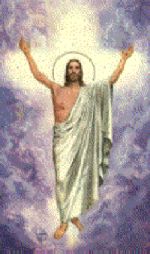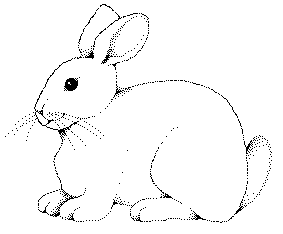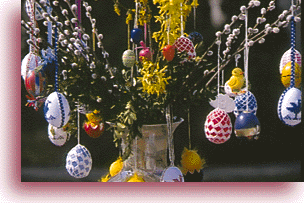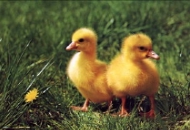On Easter, German households perform Spring-cleaning,
in which they decorate the homes with budding twigs, crocuses, daffodils,
willow, birch, grass, and wheat sprouts. Easter trees are also included
in the decoration process. These are small trees or bundles of branches
that are decorated with eggs and other forms of ornamentation, like brightly
colored garlands.
|

|

|
The use of eggs as part of Easter tradition relates
to the death and ascension of Christ. To the Christians, the egg
represents the tomb from which Jesus broke forth. In older times,
the eggs were often painted red to represent the blood of Christ.
In modern times, the colors of the eggs were changed to the bright colors
of spring to emphasize the rebirth of life.
|
Easter Sunday is the marking of the end of
Lenten season. The time of Lent is a period of fasting that starts
after Ash Wednesday. On Easter, the German people have a magnificent
Easter meal to make up for the time of Lenten fasting. The meal is
in as great a magnitude as the American Thanksgiving, with many types of
meats, vegetables, and breads, such as Osterstellen, served for the occasion.
On Easter Sunday, Germans often will go out
for an Easter walk. This tradition dates back to the Middle Ages,
when people would go for a long walk after Easter Mass in their “new clothes”.
The “new clothes” were symbolic of sharing in the new life of Christ.
Although German people still traditionally cling to the Easter walks, the
formation of Easter parades came about as a result of these walks.
|

|




